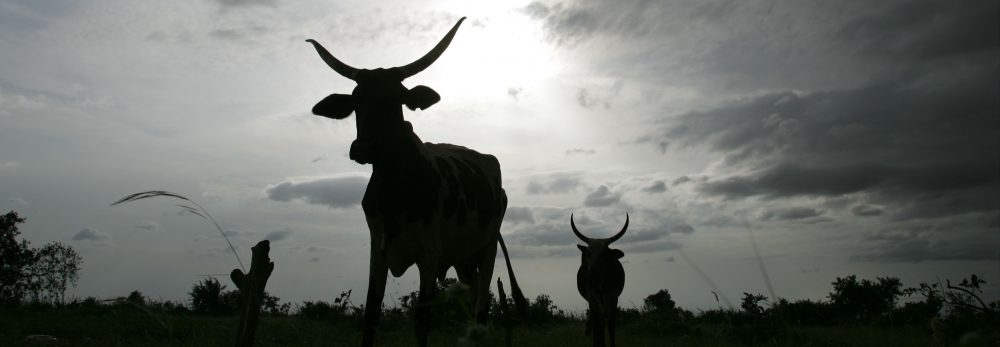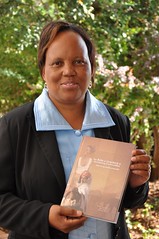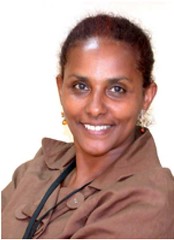| 8 March is International Women’s Day. ILRI women share their thoughts on what has changed for women in science over the last decade. |
|
Celebrated on 8 March every year, International Women’s Day (IWD) connects women around the world, inspiring them to achieve their full potential (http://www.internationalwomensday.com/). Three ILRI women share their thoughts on this year’s International Women’s Day.
Zimbabwean veterinary scientist Siboniso Moyo
What do you see as the biggest change for women in science over the last decade? ‘This should encourage young girls to take up science careers. They now have role models. And these women in senior management are now in position to influence policies for gender equity. What’s your International Women’s Day message to the world? ‘To women in science I say: Encourage girls to take up science in high schools so that they can be enrolled for science subjects at the tertiary level. Mentor the young to grow in this field! ‘To the women in agriculture in the villages and the cities, I say: Keep up your good work! Your contribution is vital for food security and critical for the survival of each and every human being, family and nation. Use this day to acknowledge yourself and to encourage another woman to rise up to the challenges you and others have faced. Ethiopian plant scientist Segenet Kelemu
Segenet enjoys reading, spending time with her family and investing in the education of resource-poor and very bright young girls. She is married to Arjan Gijsman, a soil scientist and computer modelling expert, and has one daughter, Finote. What do you see as the biggest change for women in science over the last decade? ‘Things are changing positively for women, slowly but surely. Over the last decade we’ve seen an increased number of women leading research teams, as well as more women in senior management positions. What’s your International Women’s Day message to the world? ‘Women have penetrated and excelled in fields that were largely perceived as male-only areas. The future for women is a lot brighter and lots of progress has been made around the world. We have elected women presidents and leaders in Argentina, Chile, the Philippines, Germany and Liberia and many women now hold top positions in universities, companies and national governments. ‘The acceptance and appreciation of female leaders, by both men and women, represents positive change and progress. Those few women who have made it to the top have demonstrated their effectiveness in their jobs. That is paving the way for other women starting down that road.’ Canadian agricultural economist Patti Kristjanson
Married to Frank, a fellow scientist at the World Agroforestry Centre, she has a teenage son and daughter, the latter of whom is already on the path to self-determination. What do you see as the biggest change for women in science over the last decade? ‘The biggest positive change is that there’s beginning to be some critical mass in female scientists working on sustainable poverty issues in the developing world. What’s your International Women’s Day message to the world? ‘Women in science tend to understand the power of dialogue, where diverse people work together towards common understanding. Scientific debate, on the other hand, is oppositional and assumes one person is right. ‘Dialogue opens the possibility of reaching a better solution than any of the original solutions. Debate defends one’s own position as the best solution and excludes other solutions. ‘Women scientists can and will lead the global dialogue on innovative and collaborative solutions to sustainable poverty. Improving women’s lives and livelihoods through livestock ILRI is facilitating a global consultation to improve lives and livelihoods through women and livestock. This consultation aims to bring together men and women who are passionate about fighting poverty and improving women’s lives. Patti Kristjanson is leading the Global Challenge Dialogue on Women and Livestock. Why have you organized a global consultation on women and livestock? ‘Because it’s time to bring together the best and brightest minds and experience from all over the world to increase the awareness of the importance of livestock to the poor – it is often the only asset a poor woman has. ‘The goal is to come up with creative new collaborations and solutions that empower women and enhance their incomes through innovations related to this key asset.’
|
ILRI news
Better lives through livestock



